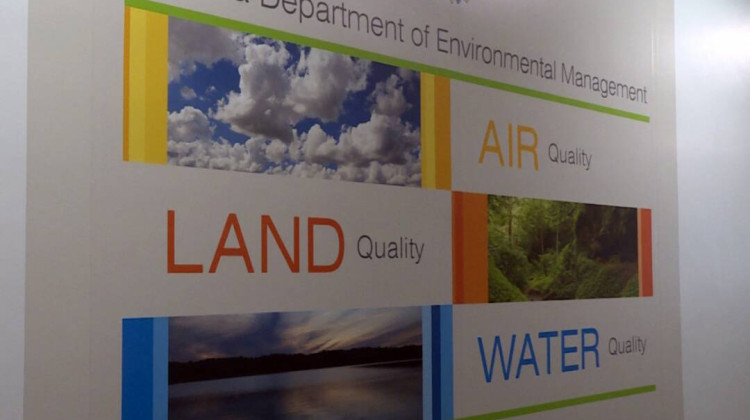
Indiana sees rent increase 13 percent compared with last year, part of a national trend.
Wikimedia CommonsIndiana rents are up 13 percent compared with the same time last year, according to data from rental property hosting site Dwellsy.
Nationwide, the company reports that residential rents have increased by about 24 percent, with rent increases in bigger markets like New York City slowly cascading into mid-sized markets like Indianapolis.
Jonas Bordo, CEO and co-founder of Dwellsy, said as people get priced out of larger markets they’re likely to look to places like Indianapolis, which will continue to drive rent increases locally. Indianapolis has already seen rent increase 10 percent over last year.
“I think we’ll start to see follow-on effects later on in places like Indy where prices will get pushed up more significantly,” he said.
According to Bordo, rents are being boosted around particular kinds of property. Rental prices for apartments are up about six percent nationwide with single-family homes seeing a 36 percent increase.
“More people are working from home and we’re still seeing 40 percent or lower office occupancy in most metro areas and that means people are working from home,” Bordo said. “That means you need a home office when you didn’t need a home officer before.”
Michaela Wischmeier is a research specialist with Prosperity Indiana. She said Indiana is already experiencing an affordable housing shortage.
“The pricing is outpacing what people are seeing as far as salary. It really sets us up for a housing shortage - that we’re already in,” she said.
A recent report from Prosperity Indiana found the state has just 38 homes for every 100 households with low incomes. The report also estimates the Indiana is short roughly 135,000 affordable homes to meet the needs of the poorest Hoosiers.
“Something we hear is ‘Midwest living, Indiana we are such an affordable great place to live,’ but we continue to see these gaps get wider and wider,” she said. “We’re still finding a good majority of Hoosiers across the state are still cost-burdened, meaning they are paying anywhere from 30-50 percent plus towards just housing alone.”
The National Equity Atlas, which tracks economic equity, currently lists over 98,000 Hoosiers as behind on rent.
Bordo said he doesn’t expect costs to come down anytime soon.
“We’re seeing record household formation - that’s people moving out and getting sick of living with their parents or sick of living with their roommates - and overwhelmingly those people are moving into rental housing,” he said. “The cost of homeownership is going up at an incredible rate so renting is going to be comparatively much more attractive even at higher rents.”
“All of those combined are going to drive higher rents, particularly for single-family homes for the foreseeable future,” Bordo added. “I don’t see any of those things changing anytime soon.”
9(MDAyMzk1MzA4MDE2MjY3OTY1MjM5ZDJjYQ000))
 DONATE
DONATE








 Support WFYI. We can't do it without you.
Support WFYI. We can't do it without you.